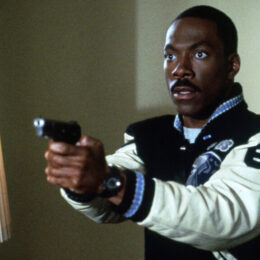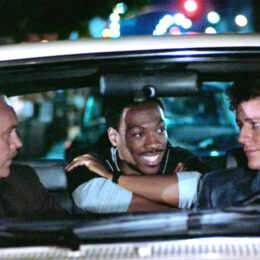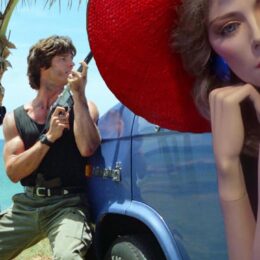Forgotten THRILLERS from the 80s.
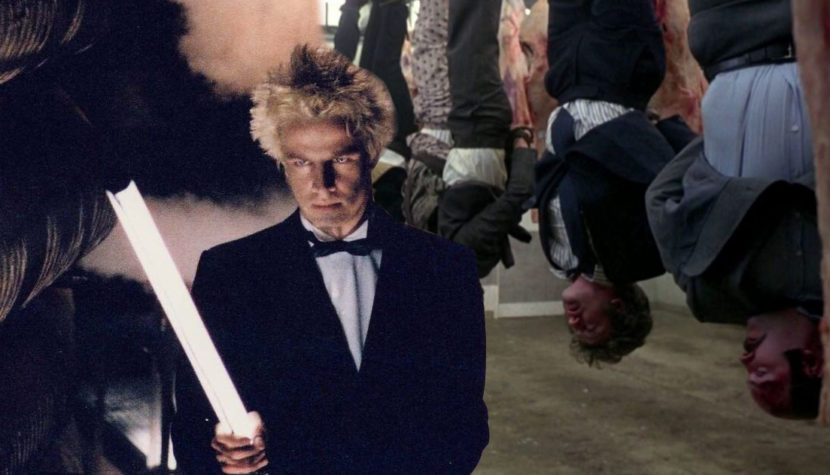
For a long time, the 1980s in cinema were perceived as a great disappointment. Although everything in the cinema of this decade seemed bigger, louder and prettier than before, the intentions of the creators were considered only in terms of high quality, admittedly, but only entertainment. Several dozen more years had to pass for culture experts to notice that this period in cinema meant much more. All this disappointment, and then fascination with the 80s led to the forgetfulness and overlooking of many interesting titles. I will try to remind you of them, and this compilation will include the sexiest, stylish and suspenseful underrated thrillers.
Criminal Law, 1988

I’ll start with the rather problematic title. I mean that, firstly, Criminal Law has plenty of flaws, of which I am aware. However, despite the aforementioned problems, Martin Campbell’s production is an interesting case for me and worth remembering for several reasons. Criminal Law draws you in with its truly captivating acting by some thirtysomething Gary Oldman and Kevin Bacon, Phil Méheux’s beautiful (rainy) cinematography and Jerry Goldsmith’s music. Moreover, it is a disappointing example of how the so-called surprise elements and twists should not be used. For there are too many of these in Campbell’s production, which makes an otherwise interesting story about whether the law is also justice quite hard to believe without looking at it with a wink.
Related:
Dead of Winter, 1987

For a long time I was wondering which of two Arthur Penn thrillers made in the 1980s to choose for this list. It fell on Dead of Winter (the other was 1985’s Target). Why? Because it is, in my opinion, a forgotten stylistic gem that should be reminded of whenever possible. Although the plot of Dead of Winter can be summarized in just a few words, the strength of this film is not in it. For behind that one is Mary Steenburgen’s superb (triple) performance, the production’s unusual gothic-winter atmosphere, phenomenal production design and Arthur Penn’s intelligent direction, which knows exactly how to build tension. Indeed, a rather long exposition here transforms into a satisfying, murderous and elegant struggle for life.
Subway, 1985

Subway is one of the cinematic representatives of the so-called French Neo-Baroque and the picture that brought Luc Besson international fame. The thriller by the creator of The Big Blue captivates with its style and bold experimental form. It tells the story of people taking refuge in the underground of the Paris metro, including Fred (Christopher Lambert), who devises a plan to blackmail the wealthy Helena (Isabelle Adjani). The plot, however, is of little importance here. Metro was meant to be, and is, first and foremost, a surprisingly enjoyable visual experience. More than a feature film, therefore, it is a long video with some outstanding, stylish, blasé scenes.
The Bedroom Window, 1987

In the 1980s Steve Guttenberg was someone like Ryan Reynolds is today. A handsome movie superstar worth casting as his name is sure to attract audiences. But is this what Curtis Hanson thought of Guttenberg when he entrusted him with the role of Terry Lambert in his evident homage to Alfred Hitchcock’s work, The Bedroom Window? I don’t think so! Curtis Hanson saw in Guttenberg a man whom, despite hasty, infatuated decisions, audiences nevertheless root for. The director of The Hand That Rocks the Cradle knows perfectly well that the audience’s sympathy will remain with Terry, even though he gets into an affair with no prospects with his boss’s wife, the alluring Sylvia (Isabelle Huppert); that we will still like him when he decides to testify in the case of the assault observed through the bedroom window, even though it wasn’t even him who saw it. I daresay that without Guttenberg’s characteristic charm and smile, The Bedroom Window would not have been such a successful thriller. Of course, it also wouldn’t have come out without Henson’s excellent creation of tension, as well as the brilliant villain turned out to be Brad Greenquist, making his screen debut. I am forced to inform all fans of Isabelle Huppert’s talent that the role of Mrs. Wentworth is not her another outstanding performance. Henson clearly needed a beautiful woman with a shapely body for the role of Sylvia, who would look great topless while gazing out the window of a bedroom where she shouldn’t be at all.
Stormy Monday, 1988

Stormy Monday is Mike Figgis’ best film in my opinion. Although the British has such titles as Internal Affairs (1990) or, above all, Leaving Las Vegas (1995), in my opinion none of them can compare with the sensual and atmospheric Stormy Monday. The film has a rather trivial plot, but it is not the plot that elevates it to the level of art. This is due to the beautiful cinematography of Roger Deakins, who soaked the frames with rain, moisture, neon light reflecting in the puddles of Newcastle and dancing shadows. Music, mainly jazz performed by a Krakow band, also raises it to the rank of art. Music wonderfully intertwined with the aforementioned images, vibrating, whistling, pulsating and buzzing. Figgis’ film also owes its uniqueness to the actors, perfect, dignified and exciting performances by Sean Bean, Tommy Lee Jones, Sting and Melanie Griffith.
The Fourth Man, 1983
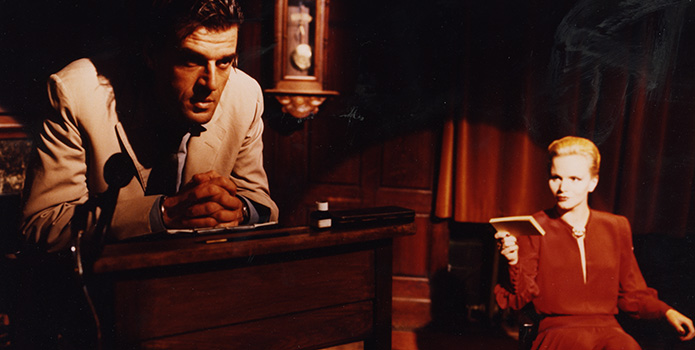
Although Paul Verhoeven is primarily known for his controversial Hollywood productions, the most daring and perhaps even the best film of the Dutchman is probably The Fourth Man, shot in Europe in the 1980s. It’s a dense, constantly suspenseful half-thriller, half-horror. Direct, uncompromising and sharp as … scissors. Adapting the scandalous novel by Gerard Reve into the language of film, Verhoeven shocks the audience both with scenes bordering on gore and with his symbolic view of Catholicism. According to the Dutchman, The Fourth Man is a spiritual prequel to Basic Instinct (1992), and there is something to it. Check out this bizarre, artistic mix of genres for yourself. It is macabre, erotic, surreal, ironic, perverse and exciting.
Miracle Mile, 1988
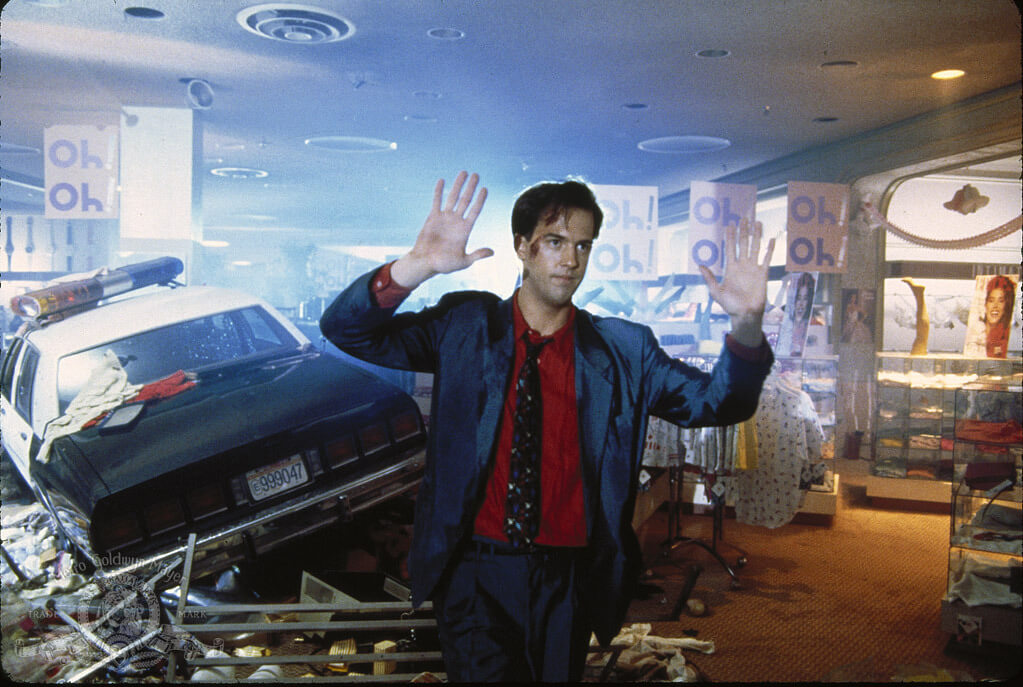
Let’s take a break from serial killers, gangsters and lawyers for a moment to look at a rather unusual film that combines several seemingly incompatible genres. Miracle Mile is a drama, romance, comedy, action, science fiction and thriller all rolled into one. Steve De Jarnatt’s production is considered a cult position. All this is probably due to the fact that in the 80s of the twentieth century there was indeed a fear of nuclear annihilation. Yes! Miracle Mile is an apocalyptic movie. Although maybe not? Maybe it’s just a joke, a rumor, a dream? De Jarnatt’s work is proof that when you have a brilliant script, well-chosen actors and a head full of ideas, you can create something great without having too much money for this purpose. Miracle Mile is, after all, a disaster movie made for around $3 million, which didn’t mean much in the 1980s either. However, it was enough to make an interesting, suspenseful cinema with undeniable charm with wonderfully eclectic music by Tangerine Dream.
The Long Good Friday, 1980

For dessert, I would like to present to you not only one of the best thrillers of the 80s, but also one of the best films in the history of British cinema. Yes! The Long Good Friday is a fucking masterpiece. John Mackenzie’s production is one of Quentin Tarantino’s favorite titles and the picture that inspired Guy Ritchie to shoot, among others Lock Stock and Two Smoking Barrels (1998). John Mackenzie’s film is a gangster thriller that owes its greatness to the excellent performances of Bob Hoskins and Helen Mirren. Hoskins’ Harold Shand is so real, so full of contradictions, so merciless that it can arouse real terror in the audience. Helen Mirren’s Victoria, on the other hand, exudes extraordinary elegance. Her character is definitely more than just another stereotypical movie gangster woman. Victoria has a significant influence on Harold. It is part of his life and business. Also noteworthy in the The Long Good Friday energetic, nerve-wracking cinematography by Phil Méheux, the wonderfully simple yet damn effective screenplay by Barrie Keeffe, as well as the electrifying music by Francis Monkman. So if you like gallows, even brutal humor, you appreciate perfect plots and outstanding acting, be sure to reach for this title and don’t let it be forgotten.



